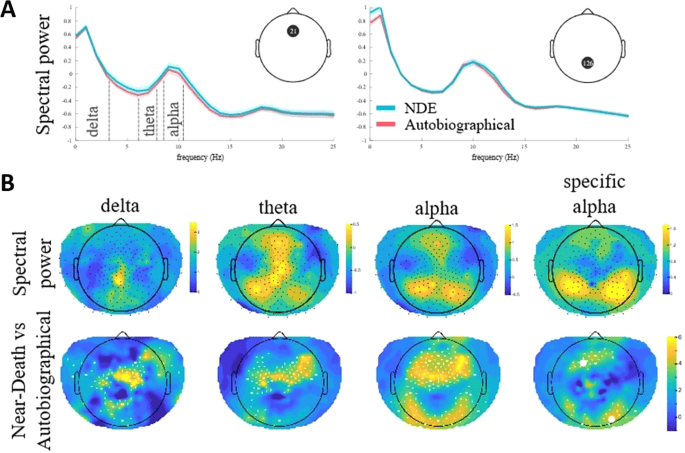No one knows for certain if the afterlife exists. The only thing we have to go by are people who have died and come back to life in the hospital. But we’ll never truly be able to discover the afterlife until, well, we’re in the afterlife. However, some scientists have tried numerous experiments to discover the afterlife. While skeptics question many of these experiments, you might believe them. After all, there’s no real way to prove, or disprove, many of these experiments. Throughout history, various organizations and individuals have conducted investigations into paranormal phenomena and spirits of the afterlife. These people include mediums claiming to communicate with the deceased, group seances, and other purported evidence of life after death.
According to The Atlantic, “Two recent books by doctors—Proof of Heaven, by Eben Alexander, who writes about a near-death experience he had while in a week-long coma brought on by meningitis, and To Heaven and Back, by Mary C. Neal, who had her NDE while submerged in a river after a kayaking accident—have spent 94 and 36 weeks, respectively, on the list.” But the strangest part is that everyone describes similar feelings and experiences, which raises the question: does the afterlife exist?
Near-Death Experiences (NDEs) Research

Individuals who were reported clinically dead and brought back to life claim they experienced the afterlife. There are numerous reports of people who felt themselves leaving their bodies, entering a tunnel, seeing a bright light, and feeling at peace. No one knows if these people have entered the afterlife, or if it has to do with chemical processes in the brain. Researchers spent time analyzing the experiences to figure it out.
One type of Near Death Experience includes the Vertical NDE, where “some experiencers report seeing events going on at some distant location, such as another room of the hospital; or an experiencer might meet a deceased loved one who then communicates verifiable information the experiencer had not known.” Other experiments have included using hypnosis as a way to replicate NDE (Med Virginia).
